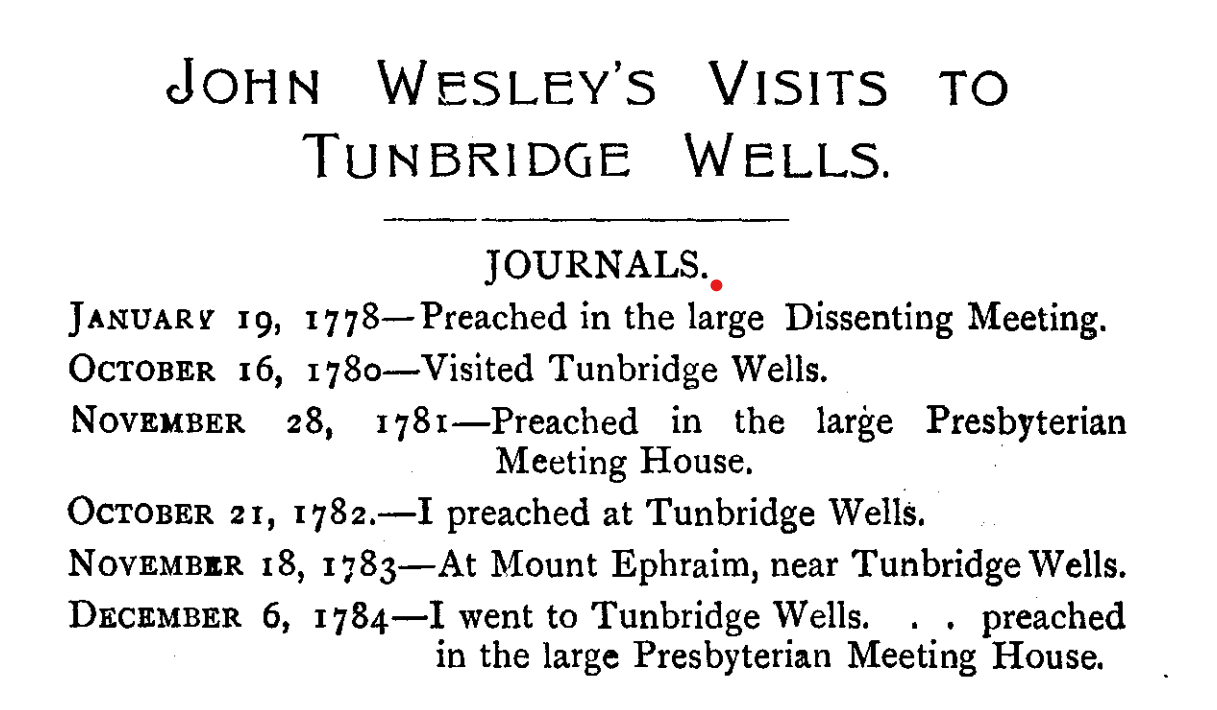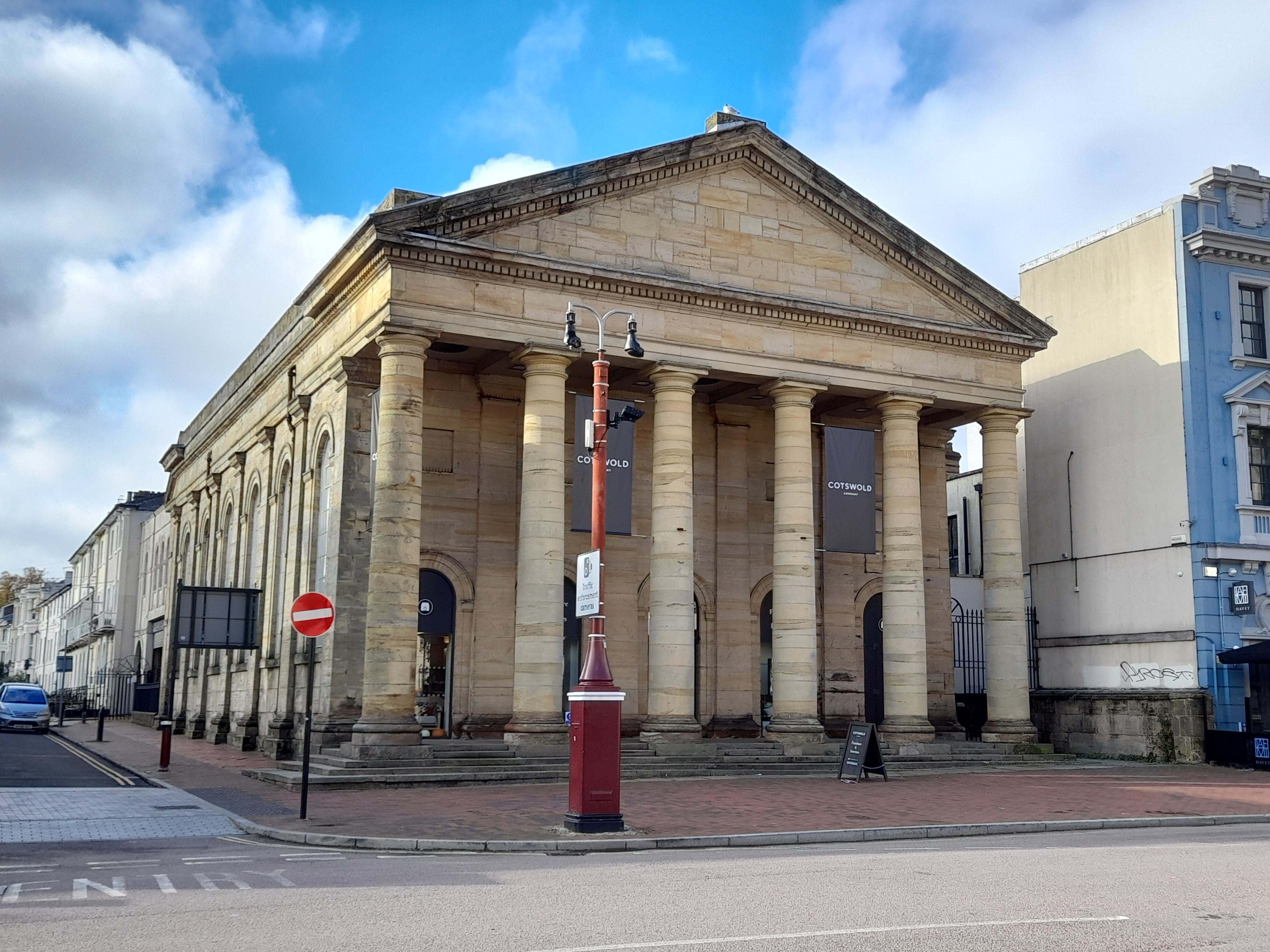Church of England churches in Tunbridge Wells’s history have often had a strong evangelical or gospel message and influence and Canon Hoare who was vicar of Trinity Church and who planted St John’s Church still has a memorial which can be seen near St Johns on the corner of Calverden Park, not far from his grave in Woodbury Park Cemetery.
Dr John Owen, a Puritan (!) who lived from 1616 to 1683 and whose theological books are still in print today, was summoned to meet the Duke of York, the brother of Charles II, who was camped on TW Common. The Duke became King James II on the death of his brother. He is known for promoting Roman Catholicism, which led to his removal as king and the arrival of William and Mary, but James also campaigned for recognition of Dissenters, which is, perhaps, a result of his meeting with John Owen on TW Common.
 John Wesley, founder of Methodism, preached six times in TW, at the presbyterian chapel in Little Mount Sion. The land for this chapel was bought for the presbyterians by Mr Jordan, a local Baptist, believed to have lived at 68 London Road.
John Wesley, founder of Methodism, preached six times in TW, at the presbyterian chapel in Little Mount Sion. The land for this chapel was bought for the presbyterians by Mr Jordan, a local Baptist, believed to have lived at 68 London Road.
Wesley’s contemporary, George Whitfield, preached at the opening of the Countess of Huntingdon’s Connexion chapel in Mount Ephraim. It was later demolished and the TW Infirmary erected on the site, which itself was demolished and replaced by housing. A memorial to the chapel and Whitfield can still be seen on Mount Ephraim.
 Charles Spurgeon, the great Baptist preacher and philanthropist of the 19th century, preached at Mount Pleasant Congregational Church; its pillars are reminiscent of of the front of Spurgeon's own church building at the Elephant and Castle in London. The Metropolitan (or Spurgeon's ) Tabernacle is a thriving church today with a large Sunday School work. The TW Congregational Church building was the local Habitat for a time and is now the Cotswold furniture shop.
Charles Spurgeon, the great Baptist preacher and philanthropist of the 19th century, preached at Mount Pleasant Congregational Church; its pillars are reminiscent of of the front of Spurgeon's own church building at the Elephant and Castle in London. The Metropolitan (or Spurgeon's ) Tabernacle is a thriving church today with a large Sunday School work. The TW Congregational Church building was the local Habitat for a time and is now the Cotswold furniture shop.